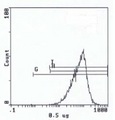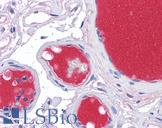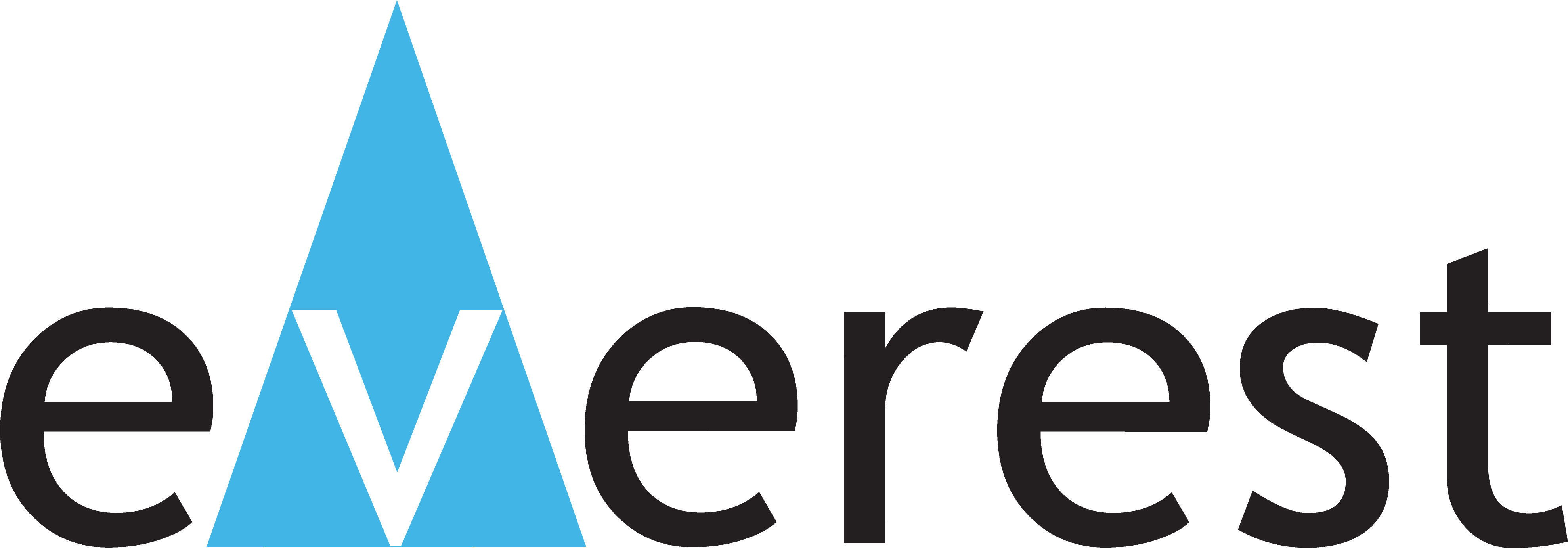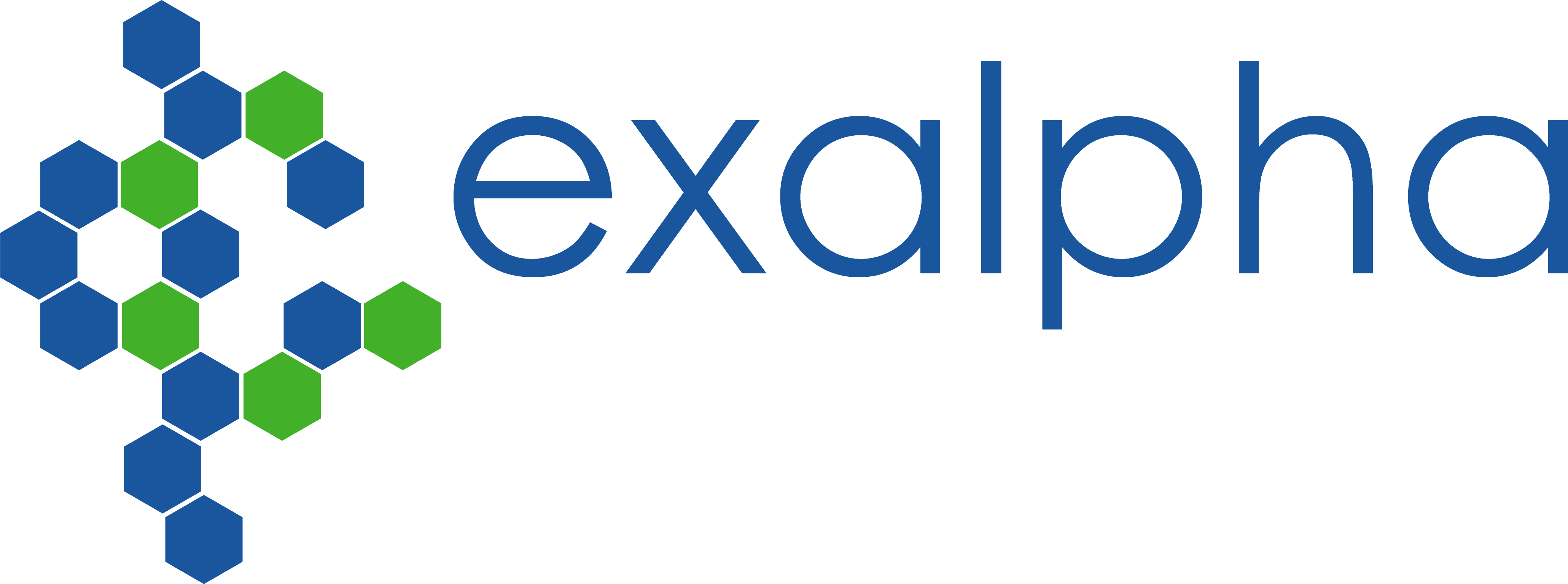Login
Registration enables users to use special features of this website, such as past
order histories, retained contact details for faster checkout, review submissions, and special promotions.
order histories, retained contact details for faster checkout, review submissions, and special promotions.
Forgot password?
Registration enables users to use special features of this website, such as past
order histories, retained contact details for faster checkout, review submissions, and special promotions.
order histories, retained contact details for faster checkout, review submissions, and special promotions.
Quick Order
Products
Antibodies
ELISA and Assay Kits
Research Areas
Infectious Disease
Resources
Purchasing
Reference Material
Contact Us
Locations
Orders Processing,
Shipping & Receiving,
Warehouse
2 Shaker Rd Suites
B001/B101
Shirley, MA 01464
Production Lab
Floor 6, Suite 620
20700 44th Avenue W
Lynnwood, WA 98036
Telephone Numbers
Tel: +1 (206) 374-1102
Fax: +1 (206) 577-4565
Contact Us
Additional Contact Details
Login
Registration enables users to use special features of this website, such as past
order histories, retained contact details for faster checkout, review submissions, and special promotions.
order histories, retained contact details for faster checkout, review submissions, and special promotions.
Forgot password?
Registration enables users to use special features of this website, such as past
order histories, retained contact details for faster checkout, review submissions, and special promotions.
order histories, retained contact details for faster checkout, review submissions, and special promotions.
Quick Order
| Catalog Number | Size | Price |
|---|---|---|
| LS-C121657-100 | 100 µg | $919 |
Monoclonal Mouse anti‑Human Complement C3 Antibody (clone BH6, IHC) LS‑C121657
Monoclonal Mouse anti‑Human Complement C3 Antibody (clone BH6, IHC) LS‑C121657
Antibody:
Complement C3 Mouse anti-Human Monoclonal (BH6) Antibody
Application:
IHC, IHC-P, IHC-Fr, ELISA
Reactivity:
Human
Format:
Unconjugated, Unmodified
Toll Free North America
 206-374-1102
206-374-1102
For Research Use Only
Overview
Antibody:
Complement C3 Mouse anti-Human Monoclonal (BH6) Antibody
Application:
IHC, IHC-P, IHC-Fr, ELISA
Reactivity:
Human
Format:
Unconjugated, Unmodified
Specifications
Description
Complement C3 antibody LS-C121657 is an unconjugated mouse monoclonal antibody to human Complement C3. Validated for ELISA and IHC.
Target
Human Complement C3
Synonyms
C3 | AHUS5 | ARMD9 | Complement component C3 | CPAMD1 | Complement C3 | ASP | Complement component 3
Host
Mouse
Reactivity
Human
(tested or 100% immunogen sequence identity)
Clonality
IgG2a
Monoclonal
Clone
BH6
Conjugations
Unconjugated
Purification
Protein G purified
Modifications
Unmodified
Immunogen
Human Activated C3.
Specificity
Recognizes human C3 neo-epitope expressed on the cleavage fragments of C3b, iC3b, and C3c, but not C3dg and C3f.
Applications
- IHC
- IHC - Paraffin (1:50)
- IHC - Frozen (1:50)
- ELISA
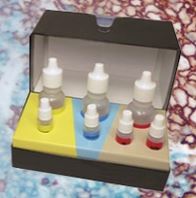
|
Performing IHC? See our complete line of Immunohistochemistry Reagents including antigen retrieval solutions, blocking agents
ABC Detection Kits and polymers, biotinylated secondary antibodies, substrates and more.
|
Usage
Suitable for use in ELISA and Immunohistochemistry. ELISA: detects and quantifies C3 activation products in human plasma, synovial fluid, and cerebrospinal fluid. Immunohistochemistry (paraffin, frozen): 1:50.
Presentation
Supplied as as liquid in PBS, 0.1% BSA, 0.02% sodium azide
Storage
May be stored at 4°C for short-term only. Aliquot to avoid freeze-thaw cycles. Store at -20°C. Aliquots are stable for up to 1 year.
Restrictions
For research use only. Intended for use by laboratory professionals.
About Complement C3
Publications (0)
Customer Reviews (0)
Featured Products
Species:
Human, Mouse
Applications:
Flow Cytometry, ELISA
Species:
Human, Mouse
Applications:
Flow Cytometry, ELISA
Species:
Mouse
Applications:
IHC, IHC - Frozen, Western blot, Immunoprecipitation, Flow Cytometry, ELISA
Species:
Mouse, Human
Applications:
Flow Cytometry, ELISA
Species:
Human
Applications:
IHC, IHC - Paraffin, Western blot, ELISA
Request SDS/MSDS
To request an SDS/MSDS form for this product, please contact our Technical Support department at:
Technical.Support@LSBio.com
Requested From: United States
Date Requested: 4/26/2024
Date Requested: 4/26/2024

